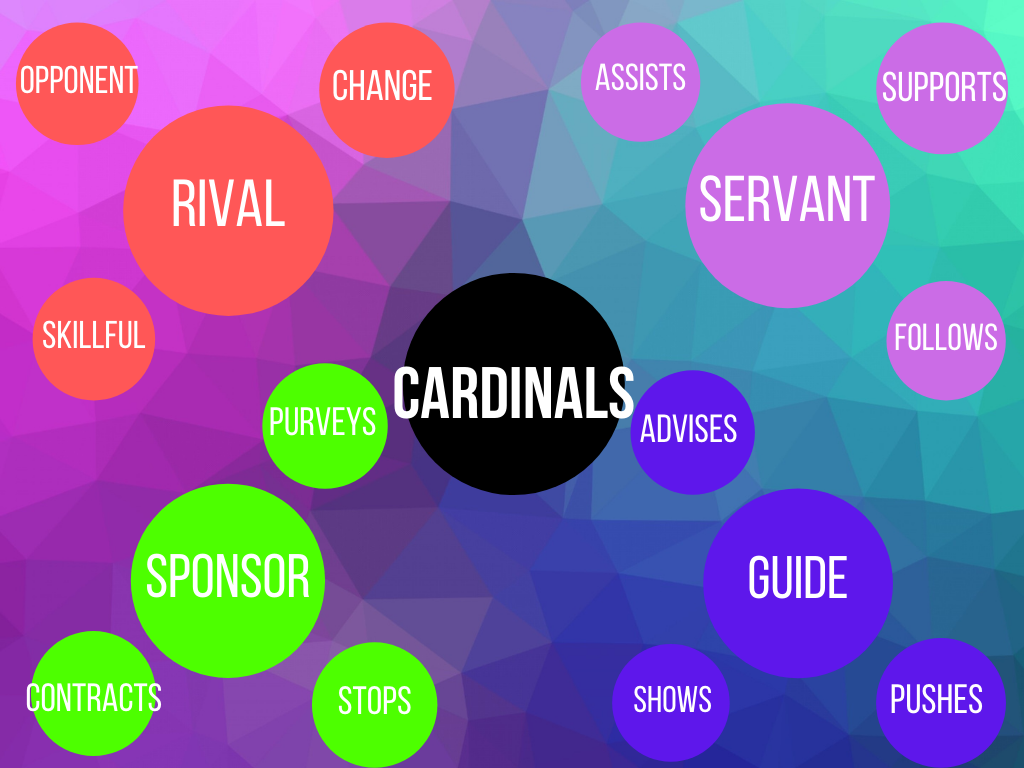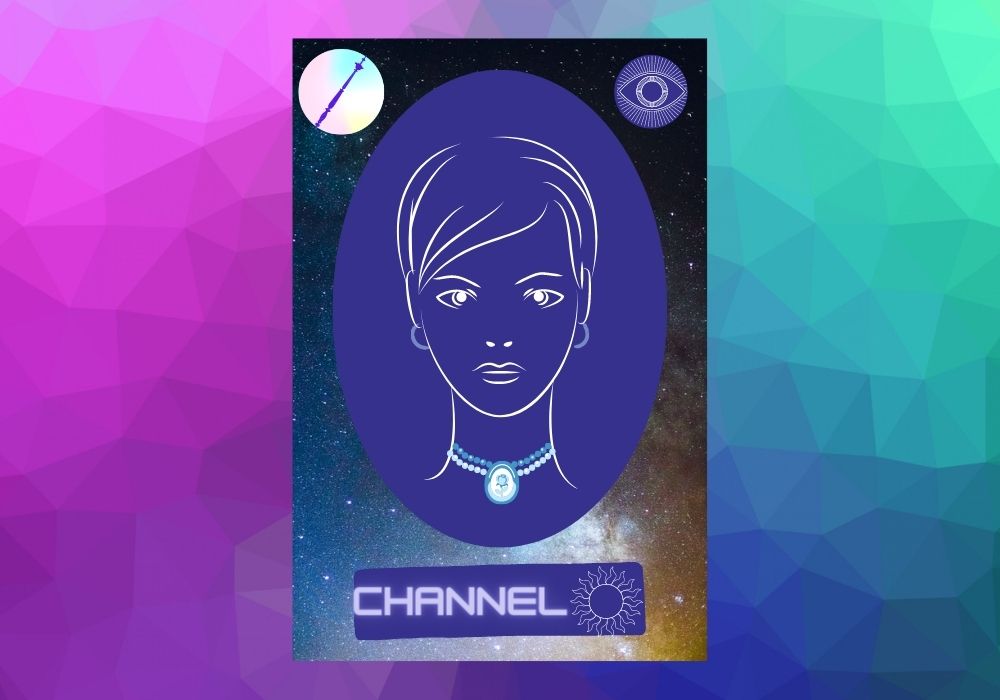
Goal & Symbolism
Finding Ideas.
- Make a list of the 10 things you want to Do in this Lifetime.
- Make a list of the 10 things you want to Learn in this Lifetime.
- Check that the 2 correlate.
- You’ve got 10 Game Concepts.
- Restart if you need more.
The Symbol
- Design an Icon for your Game.
- Choose a Name.
- What’s its Meaning?
- What defines the Game?
- What makes the Game Different?
- Can Players identify themselves in this symbol?
- Can they promote this Game based on the symbol alone?
Win conditions & Turn Structure
Turn Structure
- Who Start?
- Will you roll Dices?
- Flip Coins?
- Will you proceed by Player Type/Class/Archetype?
- Will you design a special Mini-Game to decide who starts?
- What is the Typical Player Turn?
- How many phases are there?
- What are these phases?
- What can players do during their turn?
- What can players do during their opponents turn?
- How many actions per turn can they conduct?
- What is the Time limit?
- With which tool to you Chronometer?
- A Chronometer would be the obvious answer but think about alternatives.
- Does every player have the same Time limit?
Win conditions
- Survival
- Every game will have form of survival element.
- Since games ends by win or loss, the loss conditions represent the endgame for at least 1 player.
- Outcomes
- How are Outcomes decided?
- Are there any Special events?
- How are they activated?
- Can everyone Win?
- Can everyone Lose?
- Is everyone ensured to Win?
- You may not want to design a game where everyone is ensured to lose.
- Unless there are thematical directions in the game’s postulate.
Setting & Board

- Will your game have Multiple Environments?
- Can you justify the Transition between each of them?
- Does your Game have a Hub?
- Are there multiple Hubs?
- Sub-Hubs?
- Transitory resting places?
- What are the Constrains & Specificities of each Environment?
- Do they have Multiple layers?
- Can you Superpose them?
- How much do they alter the Game structure?
- Are there Zone Limitations?
- Where can the Players go?
- Why can’t they access certain zones?
- Can they access them later?
- Through which means?
- Ask your Players about your Game Maps & Locations
- How do they imagine them?
- Can they draw a more detailed version of them?
- Can they compose a piece of music to define them?
- Would they rest in places you have defined as resting places?
- Would they fight in your battlefields?
- Does the Location bore them?
- Does the Location excite them?
Player Profiles & Synergy

- Many games are optimally designed for 4-5 players
- This translates into Player Profiles.
- Theses are 4 Player Profiles you can find in every Game.
- These are 4 Archetypes.
- They are the 4 Boundaries of your Game.
- Players generally play more than 1 role.
- Switching Behavior traits according to the situation.
- The Rival is the Antagonistic/Reactive type.
- She will play to show her skills.
- She plays by the rules & impose extra difficulty on herself.
- Skillful Competition is her main motivation.
- The Sponsor is the Testing/Assertive type.
- She Bargains early & often.
- She can grant you Loans & use Compound Interest against you.
- If she sees you can pay out, she can become an ally.
- Experimentation is her main motivation.
- The Guide is the Analytical/Accommodating type.
- She can use Contracts to form early alliances.
- Trust & Understanding are her main tools.
- She Shares some Information with all.
- Others with her allies.
- Learning/Understanding is her main motivation.
- The Servant is the Engaged/Deferent type.
- Giving out resources.
- Following the Allied player’s Rhythm & Directives.
- Some players may act as one in order to Exploit their allies.
- Survival/Collaboration is her main motivation.
- Each of these types have preferential affinities according to the Player’s goals.
- Players Goals are not defined by the Profiles but by the player themselves.
- Share your goals with your potential team mates to discover the optimal affinities.
Skills
There are 7 main categories of Skill Types:
- Melee
- Range
- Defender
- Enhancer/Healer
- Thwarter/Stealth
- Crafting/Building
- Communication/Business
- Players want to Customize their Game Experience.
- Skills is an easy way to deliver onto this expectation.
- You can create even more Customization by introducing a Class system.
Always ask
- Ask what worked well & what did not.
- Players won’t always know what to look for.
- Especially if they are play-testers & the game is still a prototype.
- Players will often forget what worked, because it worked.
- We notice anomalies more easily.
- Ask for issues & corresponding solutions.
- Allow the Players to redesign parts of your Game.
- Listen to them.
- They’ll have a lot of improvement ideas.
- They’ll have terrible ideas as well.
- Improve them together
- Sharing your Game is the best way to Engage players.
- What Motivated them?
- What Bored them?
- What is the source of their Enticement?
- Did they find an Interest in the game?
- Could they play Honestly & Freely?
- Ask Your Players about Balance.
- Are they excited?
- Do they feel pressured?
- Is the whole game Balanced?
- How inconsistent is Balance?
- What are the greatest factors of imbalance?
- How much do they hinder the game?
- Ask Your Players about Customization.
- Would they want to create a Character?
- How do they picture her?
- Can they represent her?
- Can they compose a theme for her?
- Would they want to be able to Craft?
- Do they think about secondary options?
- What should be Facultative & Mandatory for them?
- Ask Your Players about Replayability.
- Are there Choices?
- Can you see the impact of these Choices?
- Will they replay the game as soon as they finished it?
- How long is the game?
- Is the game Consistent between Game Phases?
- How were the Transitions between each Setting?
Use Cards
- Cards are the easiest way to extend your game.
- Wherever they integrate new mechanics into the main game.
- Wherever they alter the turn structure.
- Wherever they change the status of a Player.
- How to design a Card?
- 3 Main Card elements:
- Color, define the type of card
- Name & Picture, define the individual card
- Effect, act on the board
- Start with a simple 4 color card game.
- Start with Blank Cards.
- Should you use Cards?
- Are Cards relevant in your setting?
- Are Cards coherent with your other mechanics?
- Cards may add Randomness?
- Do you need random information?
- How many Decks/Card Types will you play with?
- Will you shuffle different Card Types in a single Deck?
- What is the size of your decks?
- Are the decks face down?
- What is the Use of your Cards?
- Do they grant immediate Bonus while Drawn?
- Do they impose immediate Penalty while Drawn?
- Do they grant Bonus after passing through a mini-game?
- Do they result in Penalty if you lose the mini-game?
- Can you choose to refuse their activation?
